Travel Guide, Sapa
A Food Lover’s Guide to Top Finest Sapa Food
Sa Pa not only enchants with its breathtaking terraced rice fields and diverse ethnic cultures but also captivates the taste buds with its rich and varied culinary offerings. In this guide, we’ll explore the vibrant markets, cozy eateries, and hidden gems that showcase the authentic flavors of this enchanting region. Whether you’re an avid foodie or a curious traveler, join us as we unravel the gastronomic wonders that make Sa Pa a destination for food lovers.
The best way to define Sapa cuisine is fresh, delicate, and made with foods that are cultivated nearby; while meat and fish are the main ingredients in most meals, there are also lots of vegetables and vegetarian options. Enjoy the following highly suggested meals and delight in Sapa food in addition to the stunning surroundings.
Ga Den (Black Chicken)
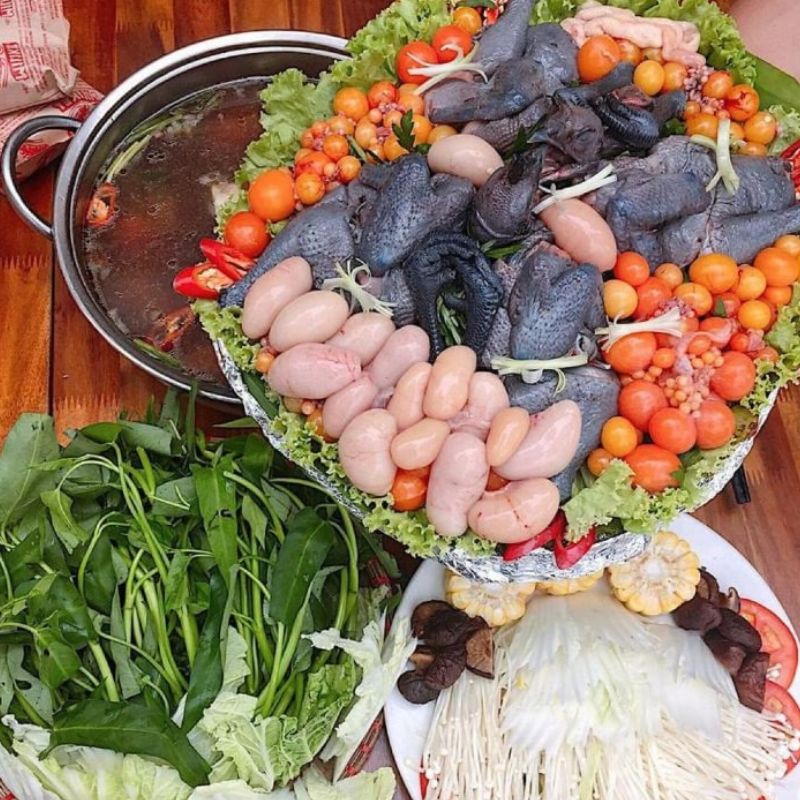
It’s been claimed that trying the black chicken is one item you should not miss when visiting Sapa. As you might expect from the name, this is a really distinctive dish because the flesh and bones are black. This chicken, which is typically cooked with traditional herbs or served in a sweet broth with honey, is thought to help treat heart disease throughout Asia.
There are numerous ways to prepare black chicken, including frying, boiling, and steaming. The most well-liked option is grilled black chicken marinated in honey. The chicken is cooked over hot charcoal after it has been soaked in honey. The combination of the honey’s sweetness and the meat’s rich flavor makes this Sapa cuisine a unique experience.
Where to eat:
A Phu Restaurant
- Location: 15 Fansipan, Sapa Town
- Opening hours: 10:00 – 22:00
Red Dao Restaurant
- Location: 4B Thac Bac, Sapa Town
- Opening hours: 8:00 – 22:30
Salmon/Sturgeon Hotpot
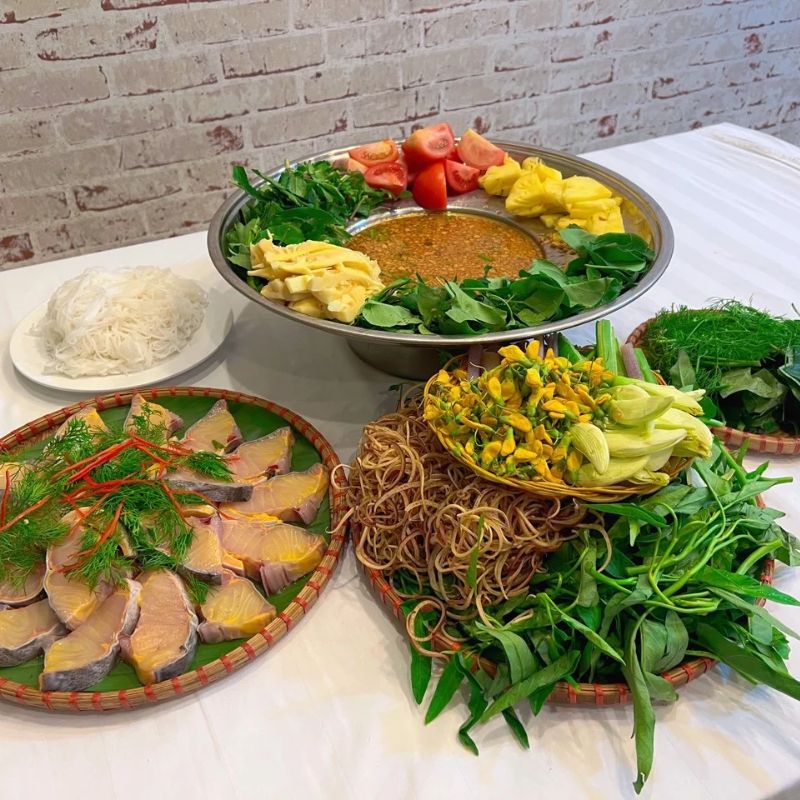
Salmon was once widely consumed throughout the coasts of North America and Europe. The well-known fish can now be raised in Sapa thanks to the application of various aquaculture techniques, and it is swiftly gaining popularity as a meal among both residents and visitors.
There is nothing quite like eating sturgeon bones – they are crispy like cartilage, incredibly flavorful, and fascinating, especially when prepared in a hot pot. This is the most unusual Sapa food experience. It is frequently served with mushrooms and vegetables in a hot pot with a sour broth. The best meal to sample, and a must-try if you’re visiting Sapa on a chilly day, is the salmon and sturgeon hotpot. When you order hot pot, you’ll get a sort of vermicelli produced from the ground tubers of the locals, not instant noodles.
Where to eat:
Hoa Dao shop
- Location: 48 Le Van Tam, Sapa town, Lao Cai.
- Opening hours: 8:00 – 21:00
A Quynh
- Location: 15 Thach Son, Sapa Town, Lao Cai.
- Opening hours: 9:00 – 22:00
Con Sui (Dry Pho)
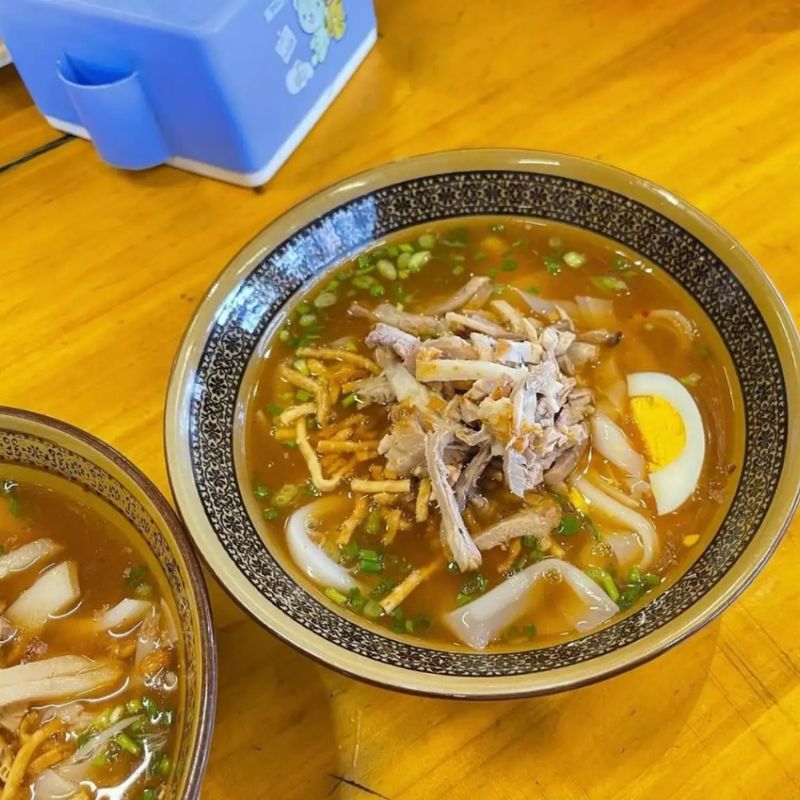
Although Vietnamese pho, or noodle soup, is the most well-known dish in the nation, there are plenty of other delectable options. Con Sui, or Pho Khan, is a meal that originated with the Chinese minority in Sapa.
Unlike the popular pho, con sui has less broth than that. There is just enough sauce to mix in all of the toppings. At a neighborhood eatery, con sui is served in a bowl of rice noodles, meat, herbs, pepper, chile, and crispy roasted shallots and peanuts. This dish’s rice noodles are extremely similar to those in pho, however, I believe they are often cooked by hand and are thicker. Con sui is also served with freshly picked veggies from the area. The dish will taste better with some chili sauce added because of Sapa’s cold temperature.
Where to eat:
Ong Ha Restaurant
- Location: 436 Dien Bien Phu May Street, Sapa Town
- Opening hours: 04:30 – 14:00
Mam Da
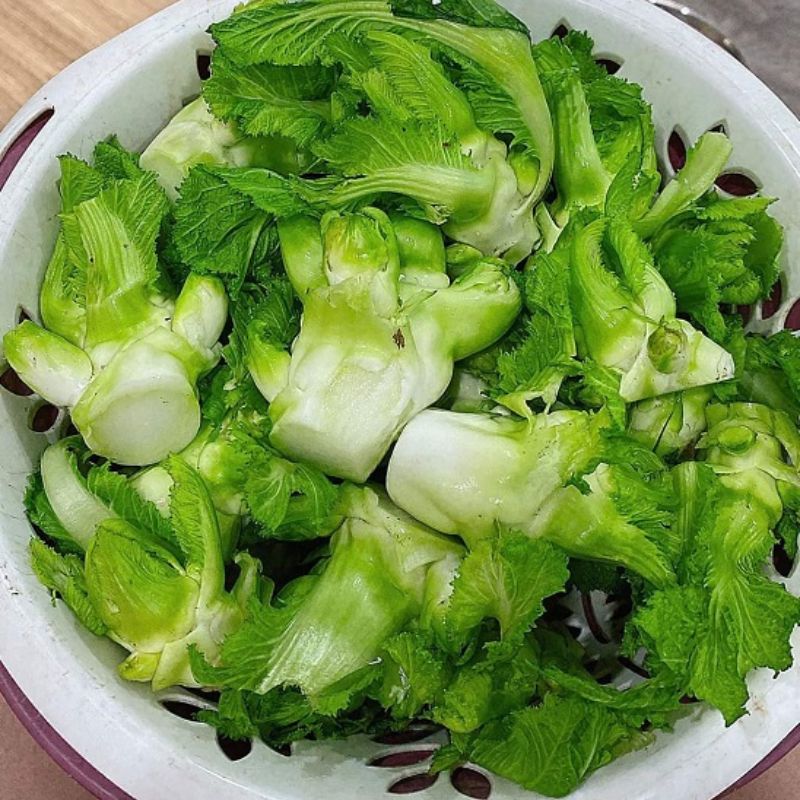
Mam Da is a type of food that is unique to Sapa; it is harvested only from November to March on the lunar calendar, and it is found only atop high granite mountains. This meal is typically served in a soup, stir-fried, boiled, or combined with ginger for a little zing. It is occasionally stir-fried with additional veggies, including mushrooms. This is a very pleasant and nutritious option, especially for vegans.
Where to eat:
Hoa Dong Tien Restaurant
- Location: 29 Cau May Street, Sapa Town
- Opening hours: 7:00 – 22:00
Chapa Restaurant
- Location: 40 Cau May Street, Sapa Town
- Opening hours: 8:00 – 22:30
Thang Co (Horse meat soup)
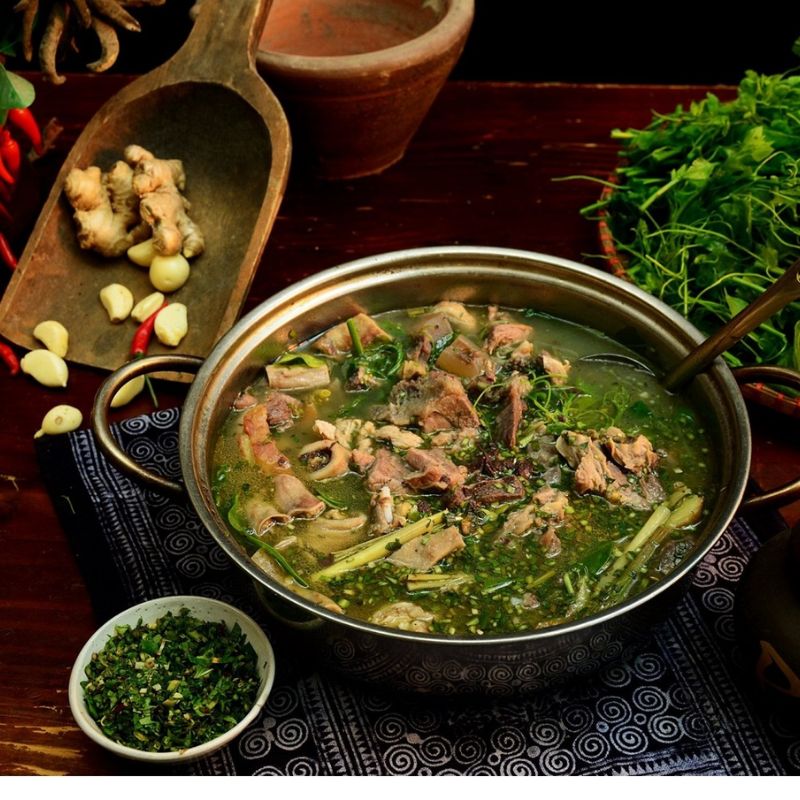
The most well-known specialty Sapa food, Thang Co, draws tourists with its unusual name and is a must-try when visiting. This recipe calls for a variety of ingredients, including beef, buffalo meat, and horse innards, all of which are cooked with a variety of unique spices.
You will notice the food’s distinctiveness when you consume this H’Mong traditional dish. A novel sensation will be brought about by the mouthwatering flavor of fatty leopard and the bitter taste of horse intestine fluid. Particularly ideal for dining in Sapa’s chilly climate.
Sitting next to the boiling pot of Thang Co in Sapa’s cold weather, taking in the warmth of the sun’s rays along with the novel and distinctive flavors of the region’s mountains and woods, will undoubtedly provide for an amazing experience. a memorable culinary adventure for you.
Where to eat:
A Quynh Restaurant
- Location: 15 Thach Son Street, Sapa Town
- Opening hours: 9:00 – 22:00
A Phu Restaurant
- Location: 15 Fansipan, Sapa Town
- Opening hours: 10:00 – 22:00
5-colored sticky rice
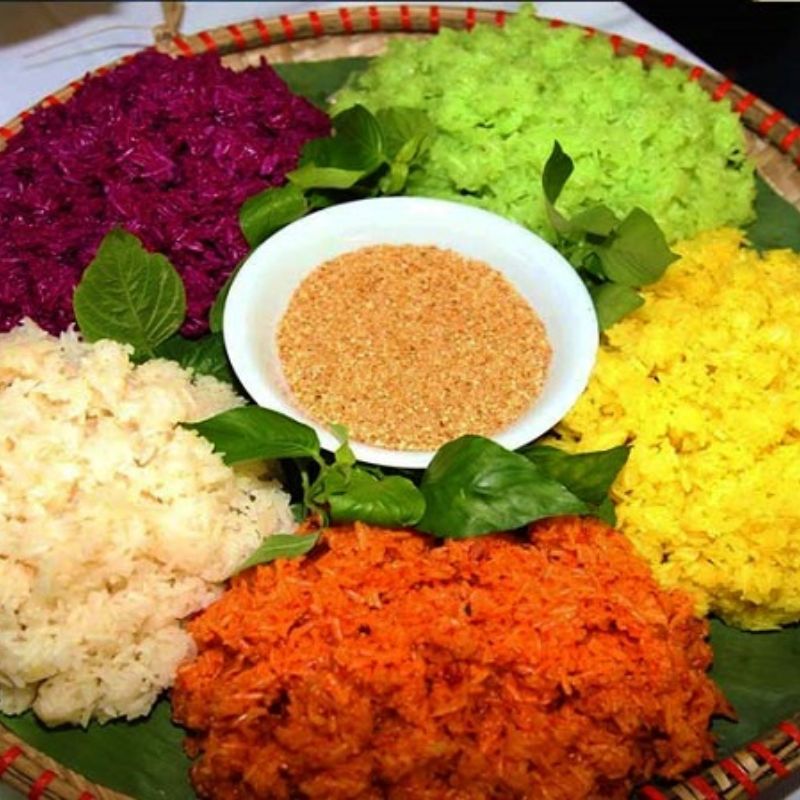
The Vietnamese Sapa region’s Tay ethnic community is well-known for its five-colored sticky rice, or Xoi ngu sac. Each of the five varieties of sticky rice in the dish – red for fire, green for wood, yellow for earth, black for water, and white for metal – has a distinct color. These five types of rice can have other colors, but red, yellow, and green are essential.
This recipe takes a lot of work to prepare, but the outcome is amazing! Before cooking the dish, glutinous rice must be soaked in water until it blooms, which takes around six to eight hours. Next, using natural fruit and vegetable colors from the surrounding woodlands, it is split and colored. Specifically, the red color was created by baby jackfruit or red leaves; the green color was created by ginger leaves or grapefruit peel; the black color was created by mixing ash with lime water; the yellow color was created by turmeric; and the purple color was created by elderberries. When serving steamed rice, the colors that will fade the fastest are arranged at the bottom of the serving dish (or on a banana leaf), with the white mound of rice usually on top.
Where to eat:
Sapa Grilling Area
- Location: Cau May Street, Sapa Town
- Opening hours: Everyday evening
Red Dao Restaurant
- Location: 4 Hoang Lien Street, Sapa Town
- Opening hours: 5:00 – 23:00
Sapa Chestnut Cake
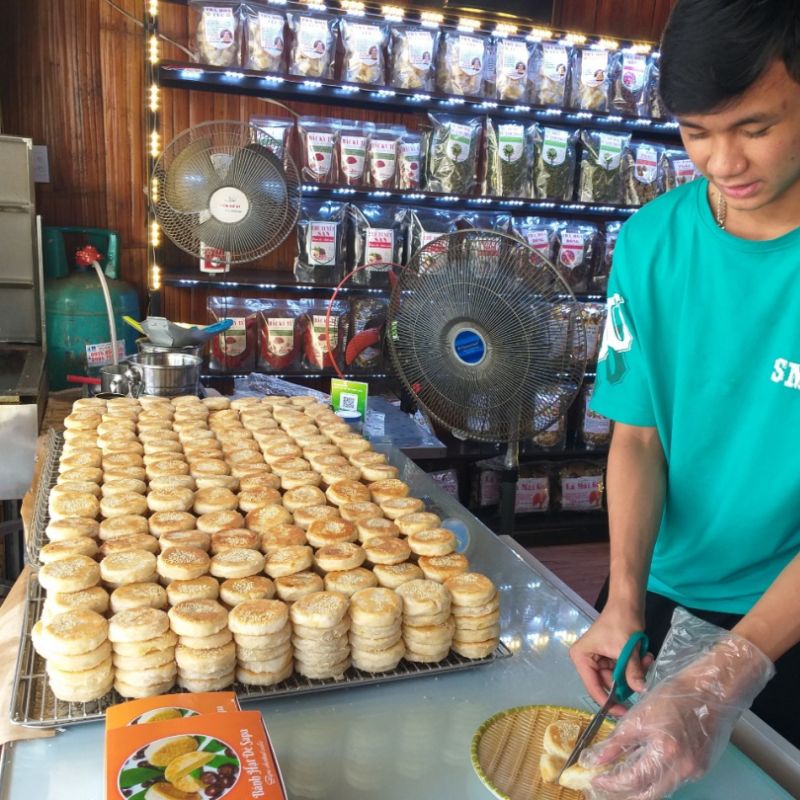
Sa Pa chestnut cake is known to visitors due to its unique scent. Within the flour-based outer shell, boiled and pureed chestnuts receive a hint of sweetness from the addition of sugar. nutty-flavored, soft on the inside and crispy on the outside. The best way to appreciate it is to eat it hot. The taste is aromatic and appealing to the nose, without being unduly sweet.
Hand labor is used to make the cake, involving multiple procedures such as batter mixing, cake shaping, filling preparation, and so forth. The cake has a delicious sweet and nutty flavor and is fried until golden brown. After preparation, the cake can be kept in storage for two to three days. If you choose to take it home, you can extend its lifespan by asking the vendor to vacuum it. It keeps well in your home freezer or refrigerator for seven to twenty days. Before serving, take it out of the freezer and thaw it for three to five minutes in the oven or air fryer.
Where to eat:
Sapa Town Area
- Location: Cau May Street, Sapa Town
- Opening hours: Everyday evening
Tao Meo Wine
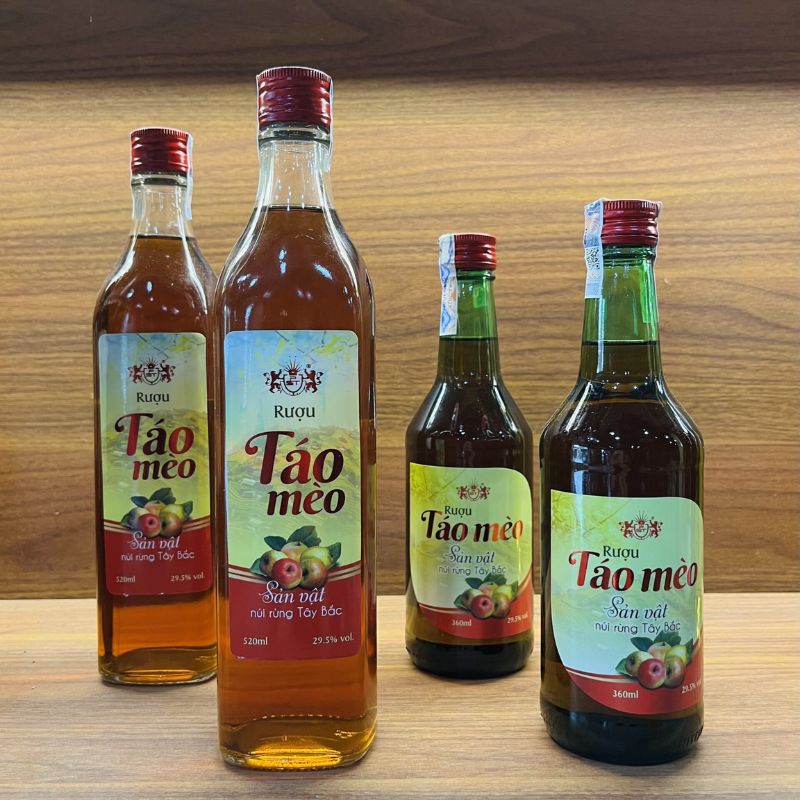
While Sapa is rightfully most known for the well-liked yet distinctive tao meo wine, Lao Cai is renowned for a wide variety of delectable wines. Tao meo fruit is used to make this traditional Hmong wine, which is created from trees that grow on Hoang Lien Son Mountain. For those who are searching for the distinct flavor of the mountain, it’s a wonderful pleasure.
Where to enjoy :
Rendez-Vous Restaurant
- Location: 06 Muong Hoa st, Sapa
- Opening hours: 9.00 am -10.00 pm
Hoang Minh restaurant
- Location: 23-24 Sapa food court
- Opening hours: 9.00 am- 10.00 pm
Sapa Fruit
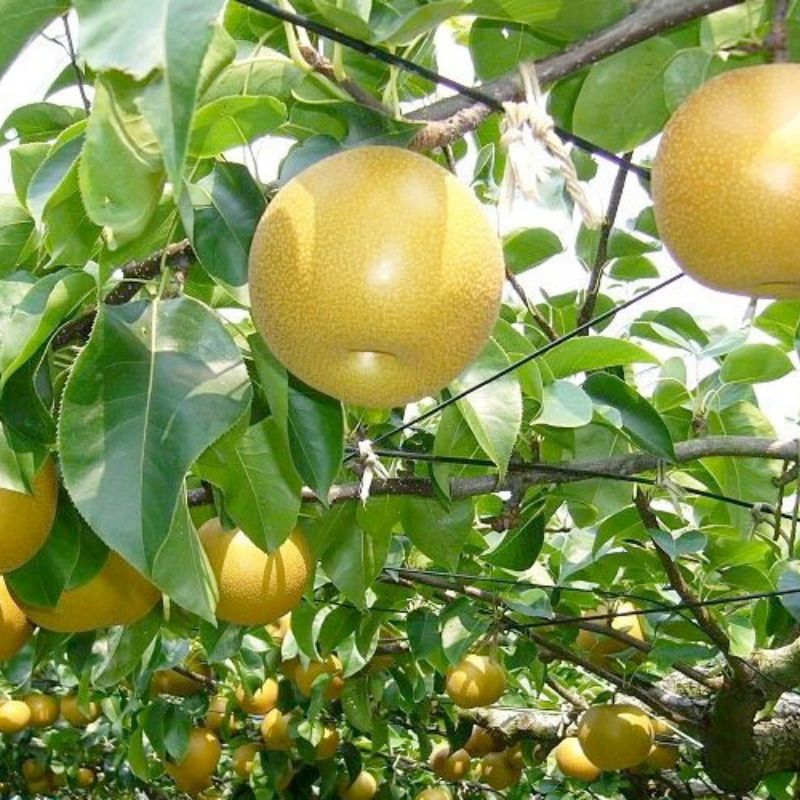
Sapa provides you with an abundance of fresh produce during the summer. One delectable fruit from Sapa that you should not miss when visiting this area is peaches.
Peaches are primarily grown on slopes in cold areas without the use of stimulants, allowing for immediate enjoyment by guests. A Sapa peach has a relatively modest size. However, in terms of maturity. It smells sweet, crisp, and fragrant – a scent that is distinct from any fruit. At around $1.5 per kilogram during the season, it’s really affordable.
The unique fruit of Sapa is called mac cop. Typically, around September, this type of wild pear is gathered from the woodlands. These days, a number of farms focus exclusively on raising Mac police. It’s also little and a little ugly because they grow mac cop organically, without the use of pesticides or other growth chemicals. On the other hand, the mac cop tastes even sweeter than a typical pear when it is fully mature.
Where to buy:
Sapa Market
- Location: 4D National Road, Sapa Town
- Opening hours: 6:00 – 18:00
Dried buffalo meat
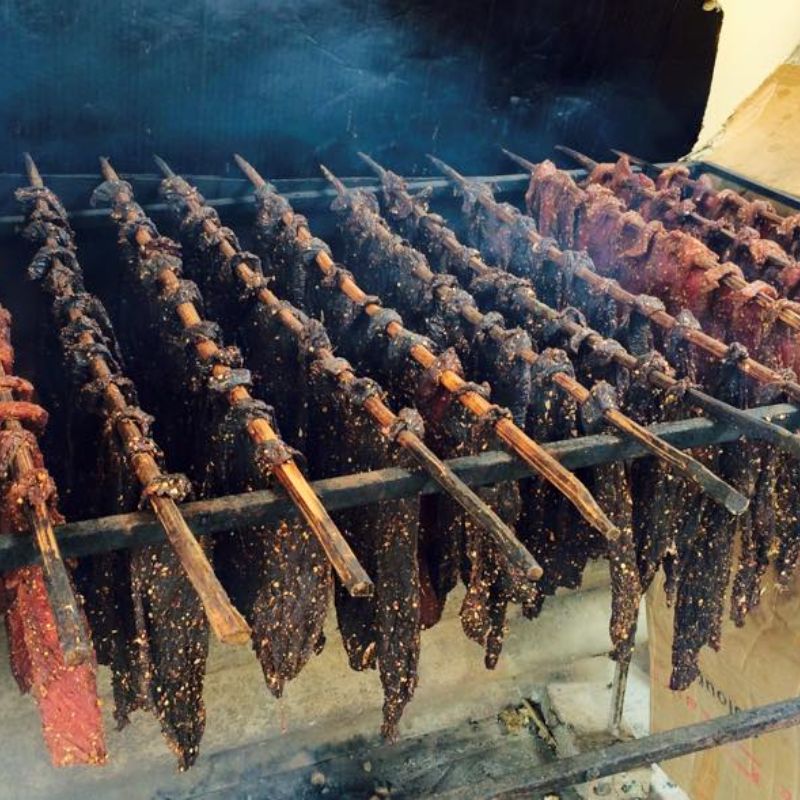
Thit trau gac bep, or smoked buffalo meat, was first created as a reserve food for ethnic minorities. Over time, it blossomed into Sapa’s best dish, causing tourists to bring it home with them every time they come. Unlike the dried beef in the lowlands, the processed smoke from the buffalo meat smoking gives it a distinct smokey flavor.
How is this meat made by the Sapa people? The buffalo meat is then cut into small pieces and marinated in a mixture of spices, especially salt, chile, and Mac Khen leaves, for around two hours. The buffalo meat is slowly dried by the smoke from the cooking, resulting in a deep brown color while keeping the flesh red and tender inside. The locals will hang the meat directly above the hot stove. The meal is now ready to consume after the meat skewers are taken out, which should take about eight months or a year.
One distinctive trait is that the meat within retains its appealing brilliant red color when it is pulled off, despite the exterior being covered in frying smoke. After you get used to it, the combination of the sweet flavor of buffalo meat and the spicy flavor of Mac khen leaves will make the dish impossible to put down, even though it may taste a little bitter and salty at first.
Where to eat:
Sapa Grilling Area
- Address: Cau May Street, Sapa Town
- Hours: in the evening
Fansipan Restaurant
- Address: 25 Cau May Street, Sapa Town
- Hours: 9 AM – 10 PM
As our culinary exploration of Sa Pa comes to a close, we hope this guide has served as a delectable companion on your journey through the diverse and flavorful world of Sapa food. The unique blend of indigenous ingredients, traditional cooking techniques, and a touch of modern innovation make Sa Pa’s food scene truly exceptional. As you savor the memories of each delightful bite, we encourage you to share the joy of your culinary discoveries from Sa Pa, inviting others to experience the magic of this food lover’s paradise. Until we meet again on another gastronomic adventure, may your travels be filled with delicious moments and unforgettable flavors.
FAQs
What are the specialties of the ethnic minority groups in Sapa?
The ethnic minority groups in Sapa, including the Hmong, Dao, and Tay, contribute to the region’s vibrant culinary tapestry with their unique specialties. Among the Hmong, dishes like “Thang Co,” a hearty soup made with various meats, and “Men Men,” a savory steamed pancake, showcase their culinary traditions. The Dao people are known for their delicious smoked pork and “Men Men Dao,” a distinctive noodle dish. The Tay ethnic group often prepares “Salmon Hot Pot,” featuring locally sourced freshwater fish. These Sapa food not only reflect the rich flavors of Northern Vietnamese cuisine but also offer a glimpse into the diverse culinary heritage of Sapa’s ethnic communities.
Are cooking classes available in Sapa?
Yes, Sapa offers a delightful opportunity for visitors to engage in immersive culinary experiences through cooking classes. Several establishments in the region provide hands-on lessons that allow participants to learn the secrets behind traditional Vietnamese dishes. These classes typically include a visit to local markets to source fresh ingredients, offering insights into the vibrant array of produce available in Sapa. It’s a chance to not only savor the unique flavors of Sapa but also to take home valuable culinary skills and a deeper appreciation for the region’s gastronomic heritage.
Do restaurants in Sapa accommodate dietary restrictions?
Yes, many restaurants in Sapa are accommodating and responsive to various dietary restrictions. Whether you have preferences for vegetarian, vegan, gluten-free, or other specific dietary needs, you can often find options that cater to your requirements. Chefs and restaurant staff are usually willing to customize dishes to accommodate individual preferences, ensuring a diverse and inclusive dining experience. Additionally, Sapa’s culinary scene is known for its use of fresh and locally sourced ingredients, making it easier for restaurants to offer a range of choices to suit different dietary restrictions.
Where can I find the best local markets in Sapa?
In Sapa, the best local markets to explore the vibrant tapestry of Northern Vietnamese culture and cuisine include the Sapa Market in the town center and the Bac Ha Market, which is about a two-hour drive away. The Sapa Market is a bustling hub where local ethnic minorities, such as the Hmong and Dao, converge to sell their produce, crafts, and traditional garments. Here, you can discover an array of fresh fruits, vegetables, spices, and handmade textiles. The Bac Ha Market, held on Sundays, is renowned for its sheer size and diversity of goods, offering everything from colorful fabrics to livestock.
How spicy is the local Sapa food?
The spiciness of local cuisine in Sapa can vary, offering a range of flavors to suit different preferences. Generally, Northern Vietnamese cuisine, including that of Sapa, tends to be milder in terms of spice compared to some other regions in Vietnam. However, certain dishes may feature a kick of heat from local spices and condiments, such as chili peppers and pepper sauces.

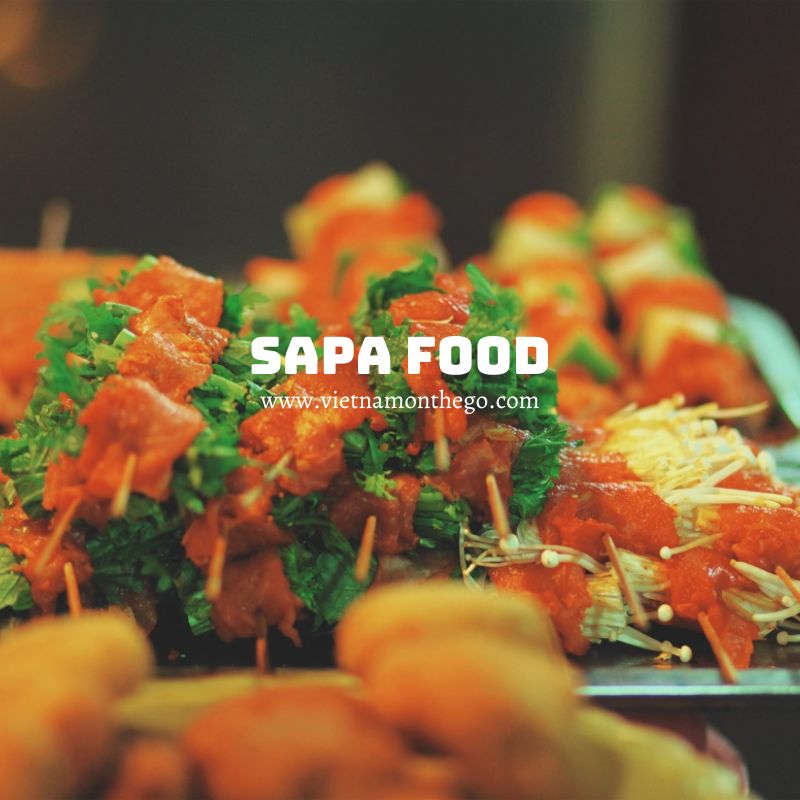
![[1 DAY] Fansipan Hiking Tour From Sapa with Local Expert fansipan hiking 1 day tour](https://vietnamonthego.com/wp-content/uploads/2023/12/fansipan-hiking-tour-1-day-280x280.jpg)
![[2 DAYS 1 NIGHT] Fansipan Mountain Hiking From Sapa Fanispan hiking 2d1n tour](https://vietnamonthego.com/wp-content/uploads/2023/12/fansipan-hiking-tour-2-1-280x280.jpg)
![[1 DAY] Trekking in Sapa Through Muong Hoa Valley - EASY Route](https://vietnamonthego.com/wp-content/uploads/2023/12/Trekking-in-Sapa-Through-Muong-Hoa-Valley-2-280x280.jpg)
![[1 DAY] Trekking in Sapa Through Highest Village](https://vietnamonthego.com/wp-content/uploads/2023/12/fansipan-hiking-tour-1-day-3-280x280.jpg)
![[1 DAY] Trekking In Sapa Through Muong Hoa Valley - HARD Route](https://vietnamonthego.com/wp-content/uploads/2023/12/Muong-Hoa-Valley-280x280.jpg)
![[2 DAYS 1 NIGHT] Sapa Trekking Tour with Local Guide](https://vietnamonthego.com/wp-content/uploads/2023/12/Sapa-Trekking-Tour-with-Local-Guide-9-280x280.jpg)
![[2 DAYS 1 NIGHT] Sapa Trekking with Homestay in Village - EASY Trekking](https://vietnamonthego.com/wp-content/uploads/2023/12/fansipan-hiking-tour-1-day-5-280x280.jpg)